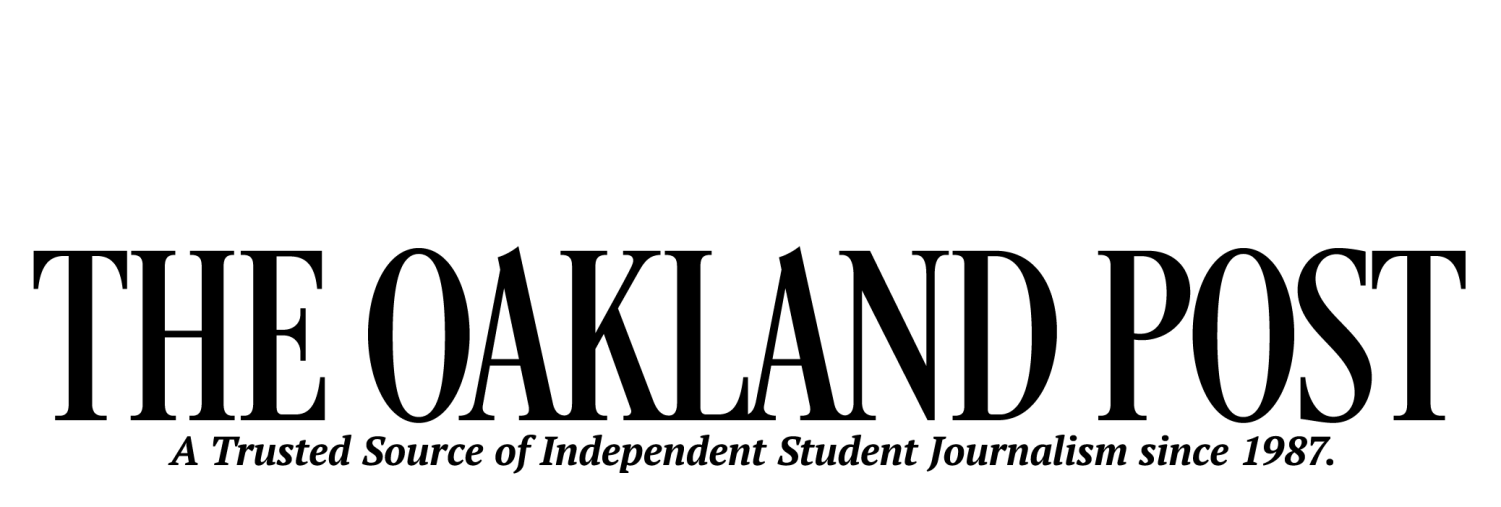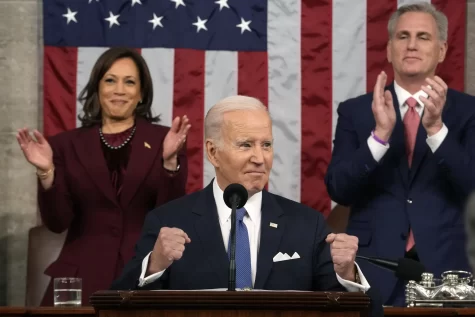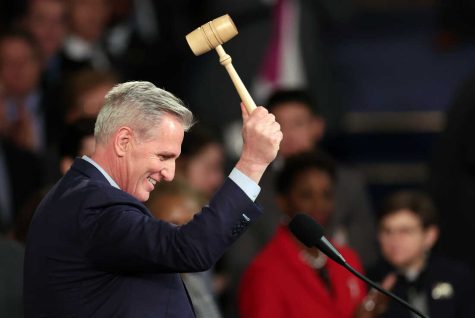State budget changes likely will not stifle OU funding
Michigan legislators are working to balance the next budget, and it’s still unclear how much funding public higher education institutions like Oakland University will receive from the state, as of press time Tuesday night.
Even if the state gives OU and other public universities and community colleges 3 percent less than it did last year, which is most likely to happen, these institutions are still likely to get about the same amount of money from the government overall, because they will take portions of the federal stimulus package.
But an Rochelle Black, OU’s vice president for government relations, said that after this year, OU may have a harder time with state funding.
On Oct. 1, the state Congress approved and Governor Jennifer Granholm signed into law an interim budget, which is valid for a month, while the actual budget debate goes on.
Granholm said the interim budget doesn’t give enough funding to help students afford to go to college, which is one of the her three priorities for the new budget.
Black said in an interview with The Oakland Post that relative to some institutions, public universities are doing pretty well this year.
Black said most likely, OU’s and other public universities’ fundings are in pretty secure positions this year.
But she warned that this could change because everything is on the table until Granholm signs it. Even if legislators tentatively agree to give one organization a certain amount of money, they could increase or decrease that amount while the discussions are going on.
“It’s crazy and chaotic up there right now” in Lansing, Black said.
According to the OU general fund budget and tuition rate document presented by the administration and approved by the board of trustees on July 29, OU projected that the state will give all public universities a 3 percent decrease in funding from last year.
That’s about $50.7 million in state appropriations — taxpayer money the state gives towards the budget — instead of the $51.9 million it got last year. But it also accounted for getting about $1.1 million from the federal stimulus funds, for a total of about $51.7 million.
Black said this was because of the maintenance of effort provisions clause in the State Fiscal Stabilization Fund, which is part of the government stimulus package American Recovery and Reinvestment Act of 2009.
Black said even if the state cuts appropriations to OU by 3 percent, it will be required to use federal stimulus money to do a “backfill” and give the other 3 percent to OU.
She said states can apply for a waiver to this clause, and some states have, but Michigan has not done this as of now.
“This is a one-time fix, not an ongoing solution,” she said of using the federal funds, because the state will be back at the budget discussions again next year, deciding how much to give to higher education and other public institutions. And it won’t have the stimulus money to fall back on.
So she believes next year and the year after, higher education will take a hit, because Michigan’s economy may not recover yet from the downfall of the automotive industry, unemployment, home value depreciation and other problems.
Lower funding from the state means higher tuition rates for students, unless the school decreases its spending.
The portion of OU’s budget that isn’t from the state must be paid by the revenue generated by student tuition.
Over the last four decades, the percentage of OU’s operating budget that is funded by the state taxpayer money has been decreasing every year, and OU’s budget has been increasing.
That’s why the student tuition has been increasing every year.
In 1972, 26 percent of OU’s budget was paid by student tuition, and 71 percent by the state.
But by 2009, the figures almost flipped around. This year, 72 percent of OU’s budget was paid by the student tuition, and only 27 percent by the state.
Legislators are also considering cutting from aid to local government, Medicaid, Michigan Promise Scholarship, libraries and other public institutions. Black said that relative to some institutions, public universities have done pretty well.
“I don’t think there’s anyone who wants to cut these things,” she said. “But typically, the public also doesn’t want a tax increase.”
READ HOW THE BUDGET AFFECTS THE STATE: State budget talks are ongoing











